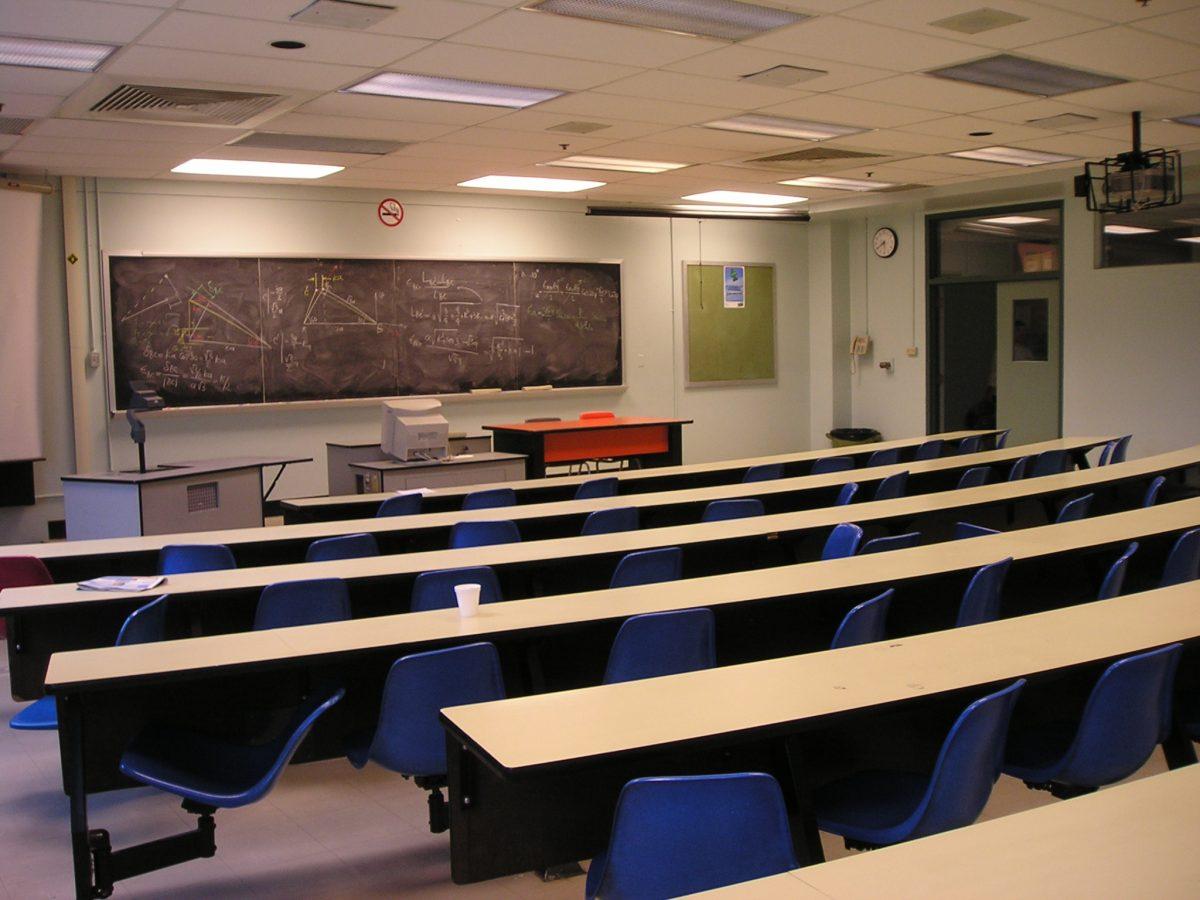Sonoma State University has a fair share of diversity among its 9,408 students. According to Sonoma State, Caucasian and Hispanic students make up the largest percentages.
There are also American Indian, African-American and Asian students in attendance. One might think a significant amount of time and money would be reserved for education on all these cultures and their interactions.
One might be shocked to discover that only two on-campus departments deal with ethnic discussion: American Multicultural Studies (AMCS), and Chicano and Latino Studies (CALS). Daniel Malpica, a CALS assistant professor, says both are apart of the Arts and Humanities School, and both fulfill an ethnic studies requirement. Yet neither has more than three full-time faculty members to its name.
“Departments are asked to minimize the amount of adjuncts that they request,” AMCS President Mike Ezras said. “So I would say we are rarely invited to expand.”
Malpica says that Thaine Stearns, Dean of Sonoma State’s School of Arts and Humanities, is not to blame in all this.
“Our dean has been extremely supportive of our departments,” Malpica said. “But he basically gets a pot of money from up, and then he distributes.”
Since there are so many departments in need of money and positions, cuts have to be made somewhere. Sonoma State’s five most declared majors are business, psychology, sociology, liberal studies and criminal justice. Meanwhile, the number of Sonoma State students declaring an AMCS major has generally declined since fall 2004, according to the fall 2014 – spring 2015 American Multicultural Studies Self-Study. Eighty six students declared an AMCS major that year, while only nine students declared one by fall 2012.
“When we had a lot more professors, we had a lot more majors,” Ezra said, though he admits it’s hard to confirm which decrease came first. “The decline in students is related to the decline in professors.”
With less students showing interest in ethnic studies as a career path, Ezra said it may be harder for the AMCS and CALS to make the unique argument necessary for expanded resources in their departments.
“Every department wants more hires,” Ezra said before proposing the question, “How do you carve out, as a department, the unique argument that you deserve these rare increased funds in a time of scarcity and cuts?”
Malpica has two unique arguments using past students as examples. Laurangelica Lechón, a Sonoma State alumni who graduated in 2010 with a BA in CALS, was the people & culture partner for Straus Family Creamery in Petaluma. Through this position, she served for three years as a liaison between the predominately white business owners and the Latino workers, before being promoted to director of people & culture in 2013.
“Laurangelica Lechón is a perfect example of the kind of work that we do, and the really exemplary graduate students that we get,” Malpica said. “She graduated, she’s very successful, she’s earning good salary, and I think she’s very, very happy with the kind of training she received here at the university.”
Meanwhile, other CALS students have found opportunities at the nonprofit Graton Day Labor Center, which provides medical examinations, English lessons and training for Latino workers from West Sonoma County. Malpica says many students who took classes in the Chicano studies department have interned at the Labor Center, while Sonoma State alumni Juan Roman and current student Maria Mendoza work there.
Malpica’s stories prove that chicano and latino studies can lead to steady work opportunities that unite ethnicities.
But Ezra wants Sonoma State to offer more academic resources for other cultures as well.
He says that he hopes for an improved Asian-American studies program and more Native American studies faculty in the near future.
“If students understand the importance of race and ethnicity to comprehending what is going on in America, then they will demand courses that address those issues,” Ezra said.





![[Both photos courtesy of sonoma.edu]
Ming-Ting Mike Lee stepped in as the new SSU president following Sakakis resignation in July 2022](https://sonomastatestar.com/wp-content/uploads/2024/04/CC4520AB-22A7-41B2-9F6F-2A2D5F76A28C-1200x1200.jpeg)


























